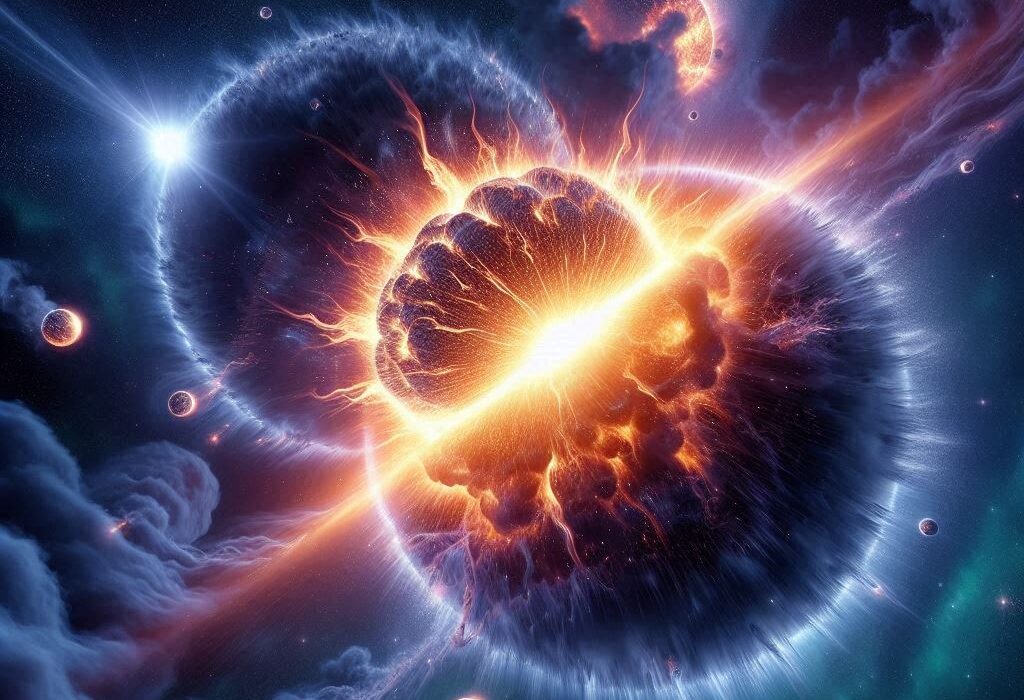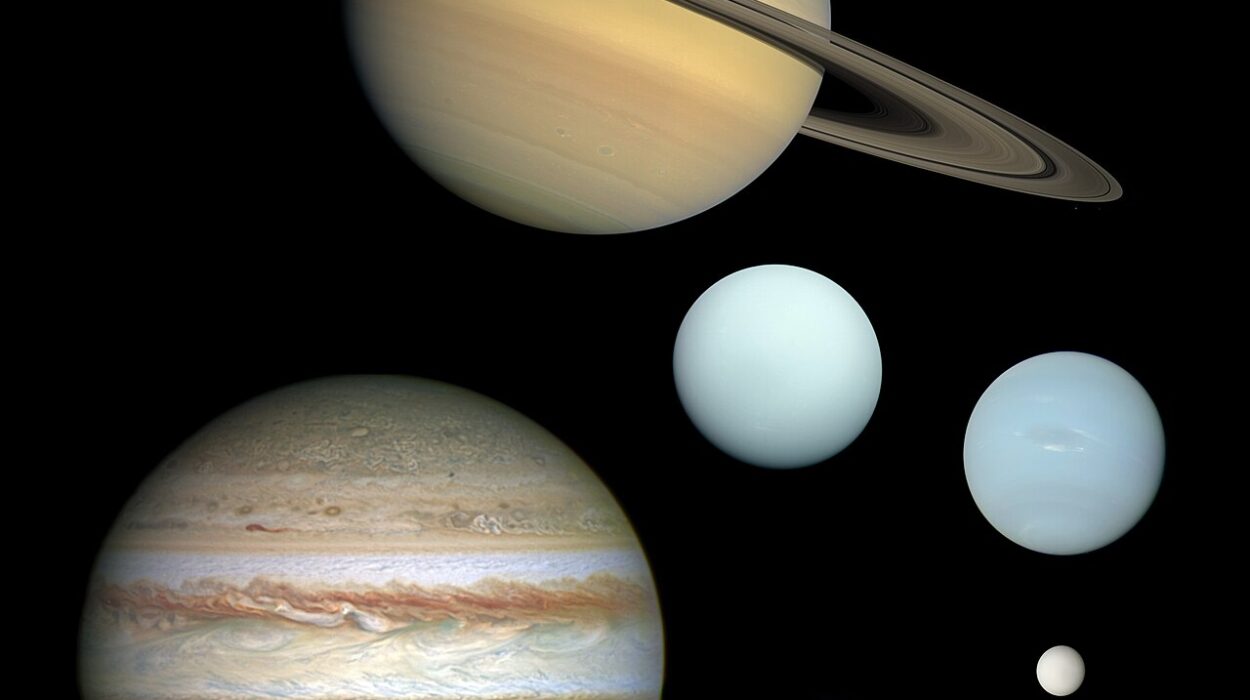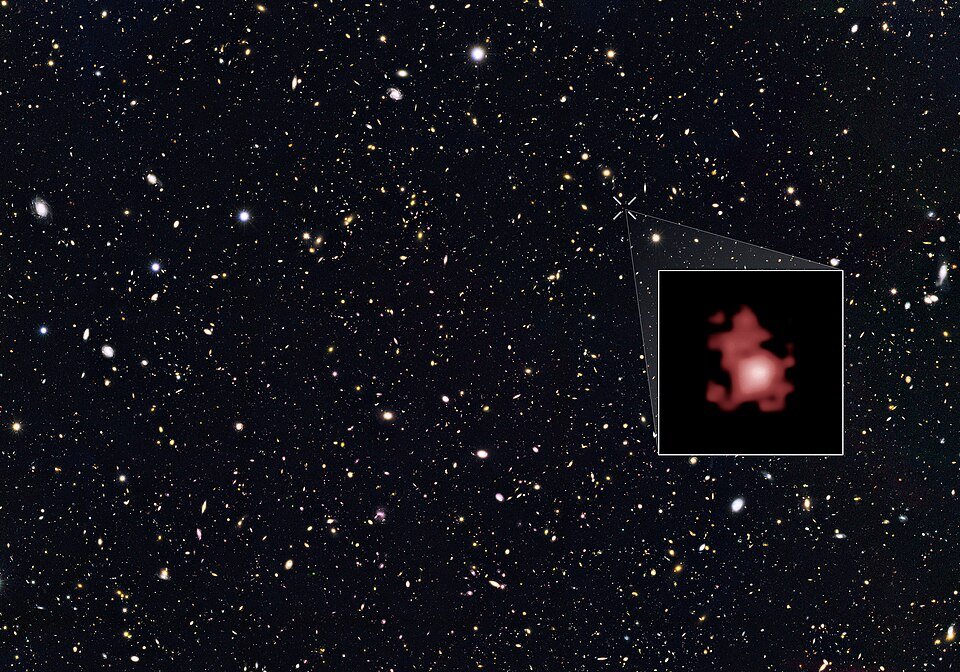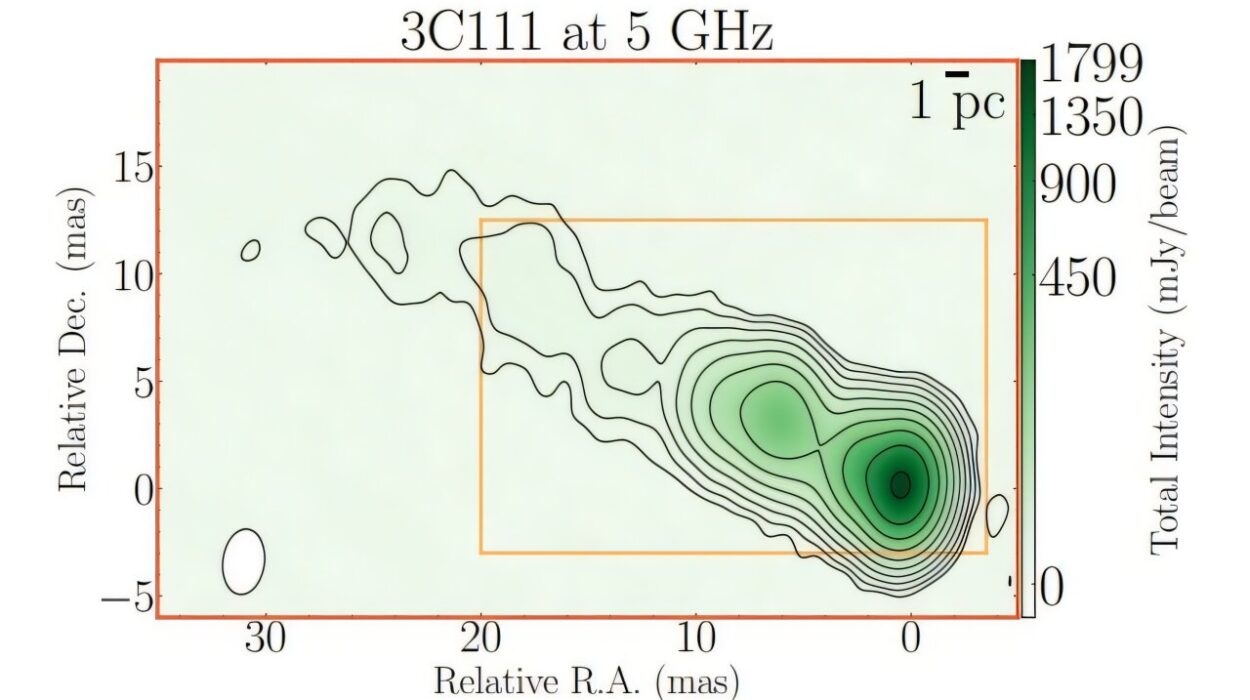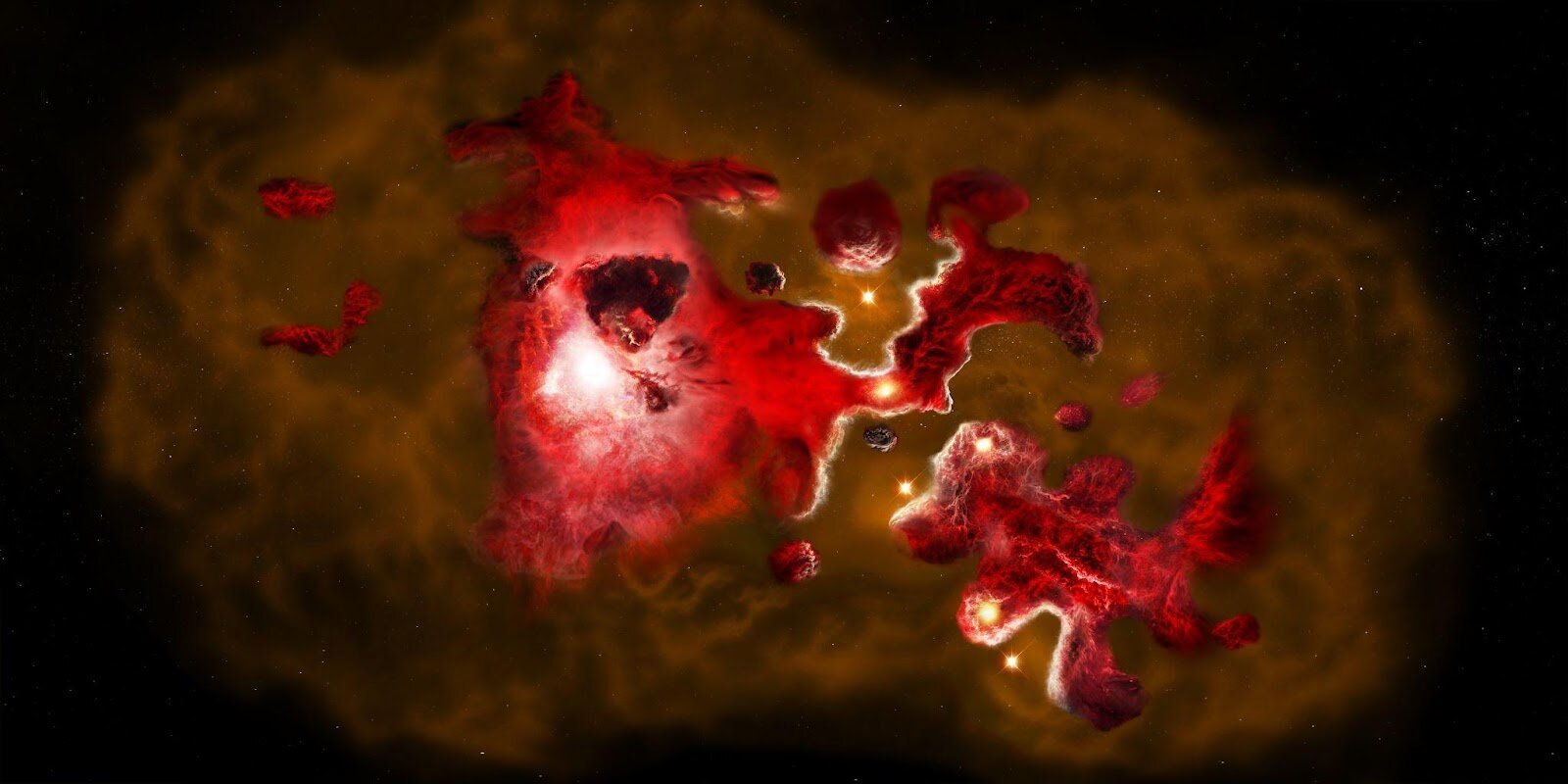In an exciting development in the field of astronomy, a trio of researchers from the University of Tokyo and Niigata University has unveiled a potential new class of interstellar objects. The study, led by Takashi Onaka, Itsuki Sakon, and Takashi Shimonishi, was published in The Astrophysical Journal. Their work revolves around two peculiar embedded icy objects discovered in interstellar space, which exhibit unique characteristics that challenge previously established understandings of such objects.
The origins of this discovery date back to 2021, when a group of researchers studying data from the AKARI infrared space telescope, launched by Japan, identified two objects that were conspicuously rich in ices—specifically, water ice and organic molecules. Ices of this nature have long intrigued scientists because they are thought to play a crucial role in the formation of organic molecules—the building blocks of life. Typically, these ices are found in stellar nurseries, which are vast clouds of gas and dust where new stars are born. The surprise here, however, was the location of the objects. Unlike the usual context of stellar nurseries, these icy bodies appeared to be isolated in the vast emptiness of interstellar space.
Building on this discovery, Onaka, Sakon, and Shimonishi used ALMA (Atacama Large Millimeter/submillimeter Array), a powerful telescope array located in the Atacama Desert in Chile, to further study these intriguing objects. Their focus was on infrared data captured by ALMA, with the expectation that the data would reveal molecular emissions typical of star formation. To their surprise, they found something entirely unexpected.
Rather than detecting the usual molecular emissions associated with star formation, such as hydrogen molecules, the team found emissions of silicon monoxide (SiO) and carbon monoxide (CO). These emissions had an unusual characteristic: they were compact and had a smaller spatial distribution than other previously studied icy objects. Such a distinct molecular signature was unlike anything the researchers had encountered before, prompting them to investigate further.
The team’s analysis did not stop at the molecular emissions. They used the data to determine the chemical composition, sizes, motions, and distances of the icy objects. They concluded that these objects were approximately 30,000 to 40,000 light-years away from Earth—an incredibly vast distance, located within the galactic plane. One of the objects appeared to have a much higher velocity than the other, which suggested that the two objects were not connected in any way and likely had different origins.
A particularly striking feature of these objects was the absence of submillimeter radiation. This was an unusual finding, as most icy objects observed so far in interstellar space typically emit radiation at submillimeter wavelengths. This absence further distinguished the objects from the norm, leaving the researchers to question whether these objects could represent a new class of interstellar body.
Moreover, the researchers noted an anomaly in the chemical makeup of the two objects. Both had higher ratios of silicon monoxide to carbon monoxide than other known icy objects. This ratio was a key factor in supporting the hypothesis that these two objects might not fit into the traditional classifications of interstellar objects. The high concentration of silicon monoxide in particular hints at a composition distinct from what is typically found in such bodies, which are usually dominated by carbon monoxide and water ice.
Given these striking anomalies, Onaka, Sakon, and Shimonishi propose that these two icy objects could represent a new type of interstellar object—a class never before identified. The implications of such a discovery are profound, as it could open up a new avenue of research into the diversity of objects that populate the interstellar medium.
However, the team acknowledges that these findings are only the beginning. They suggest that further observations using more advanced telescopes—especially the recently launched James Webb Space Telescope (JWST)—will be crucial in confirming whether these objects truly represent a new class. The JWST, with its unparalleled sensitivity and ability to observe the universe in infrared, is expected to provide more detailed data on the composition and nature of these mysterious objects.
The significance of this research lies not just in the potential discovery of a new class of interstellar objects, but also in the broader implications it has for our understanding of interstellar chemistry and the origins of life. The existence of water and organic molecules in such isolated environments raises intriguing questions about the potential for life beyond our solar system. Could these molecules be building blocks for life elsewhere in the universe? If these objects are truly isolated, how did these complex molecules form in the first place, far from the usual stellar nurseries?
Moreover, the study adds another layer to the ongoing exploration of the interstellar medium—the vast, nearly empty space between stars that is far from empty at all. It contains gases, dust, and, as this research suggests, objects that can range from tiny grains to large, icy bodies. Understanding the composition and behavior of these objects is crucial for building a more comprehensive picture of the universe’s workings.
Reference: Takashi Shimonishi et al, ALMA Observations of Peculiar Embedded Icy Objects, The Astrophysical Journal (2025). DOI: 10.3847/1538-4357/ada4ad


